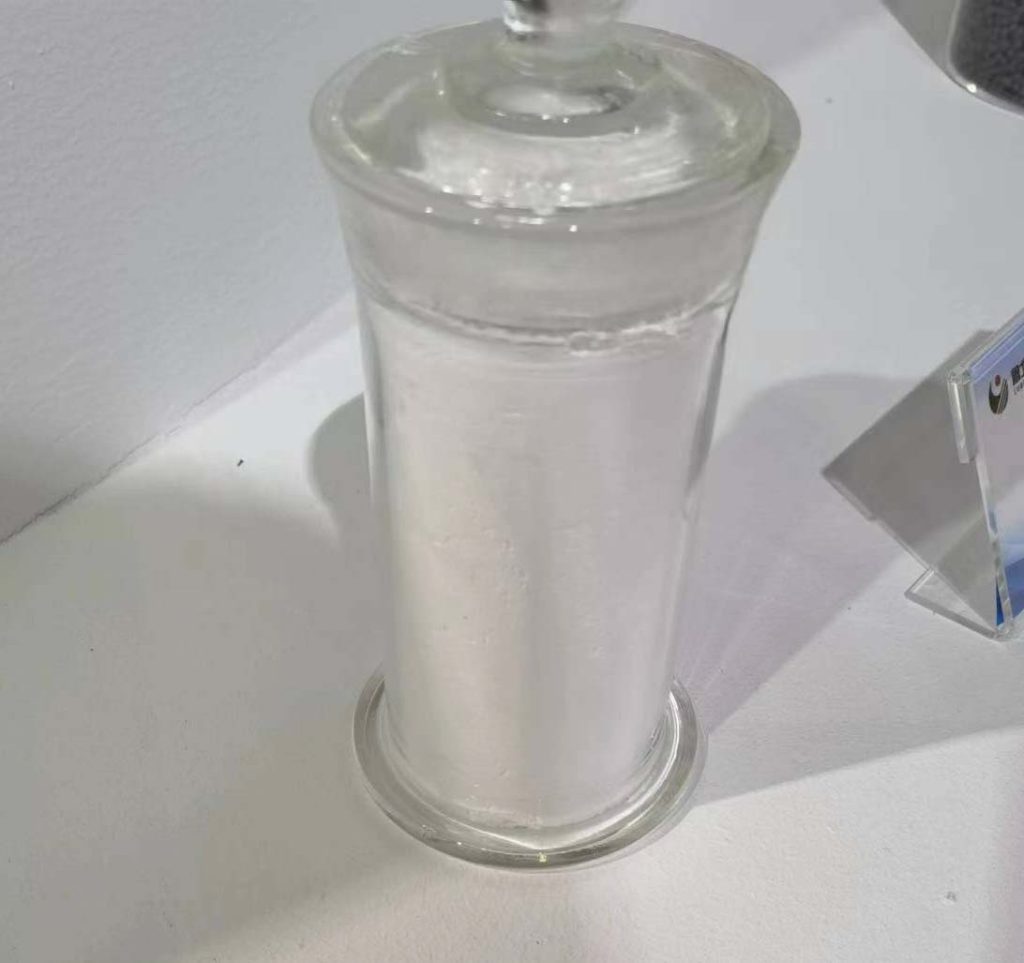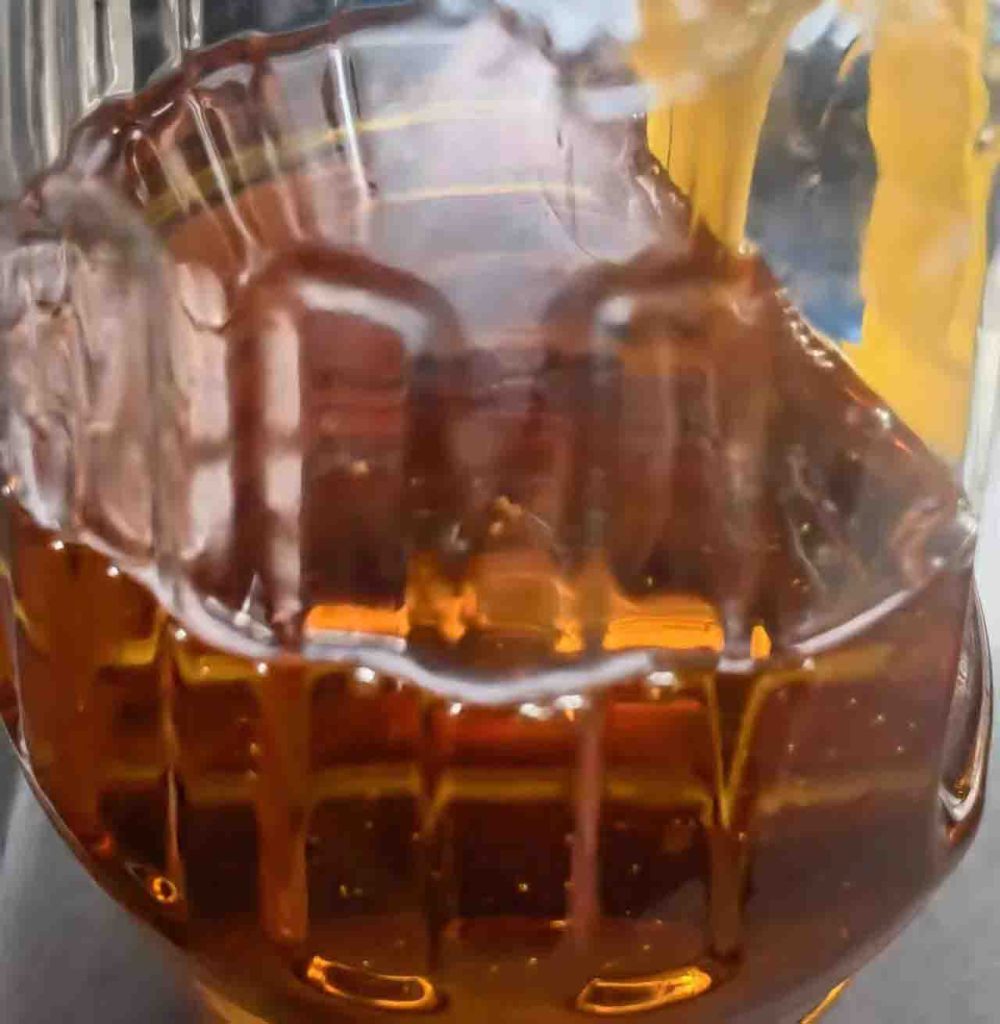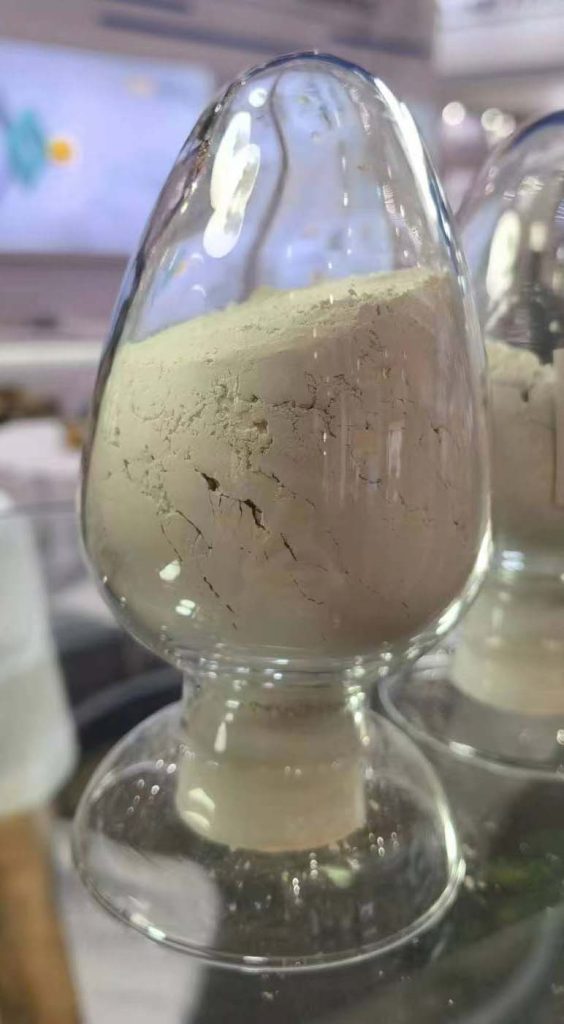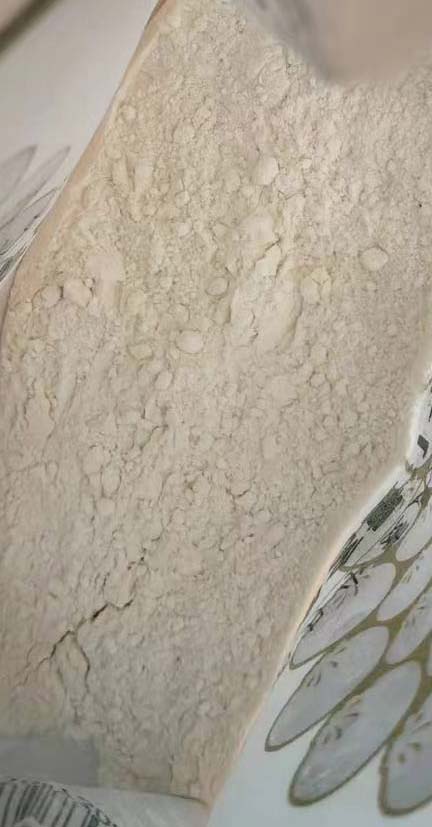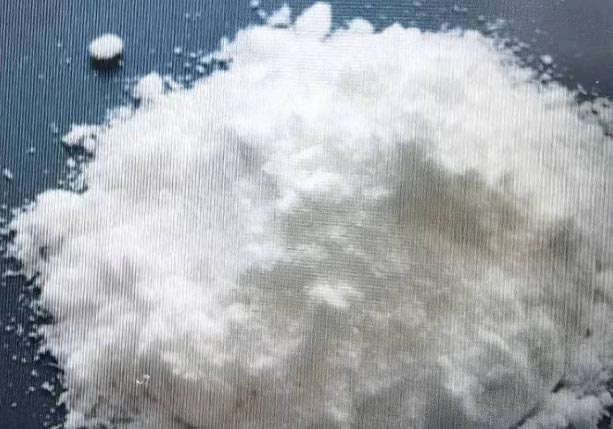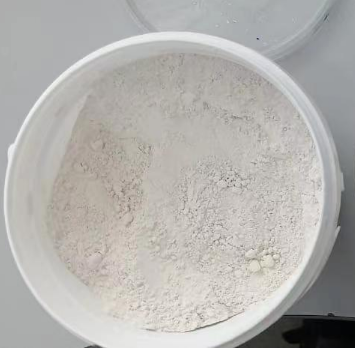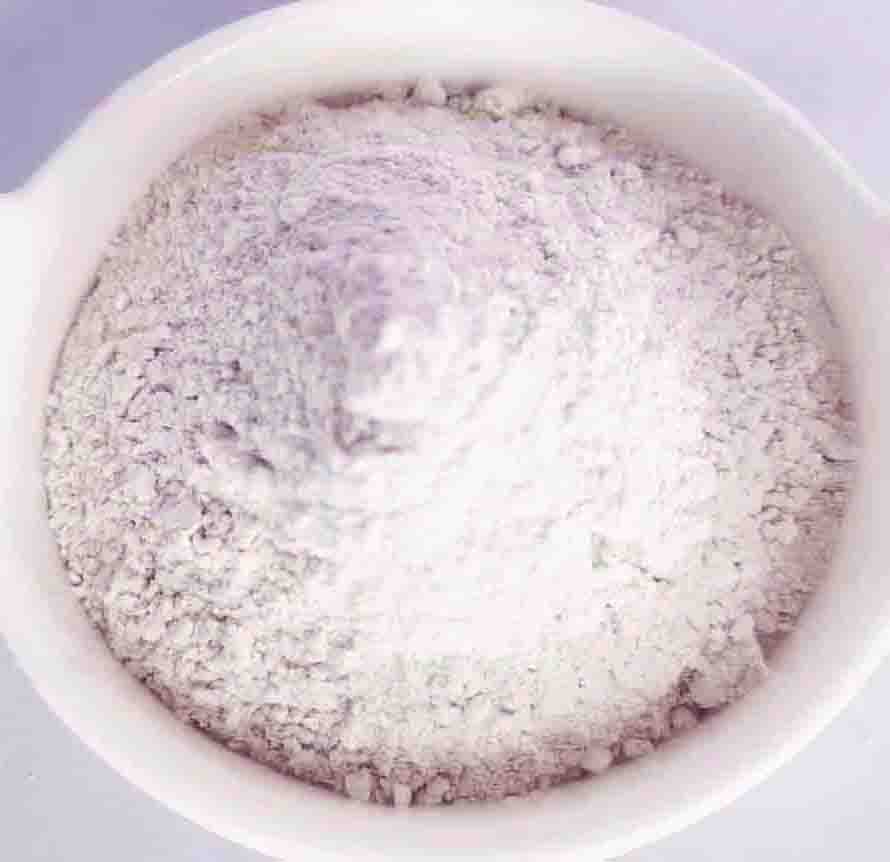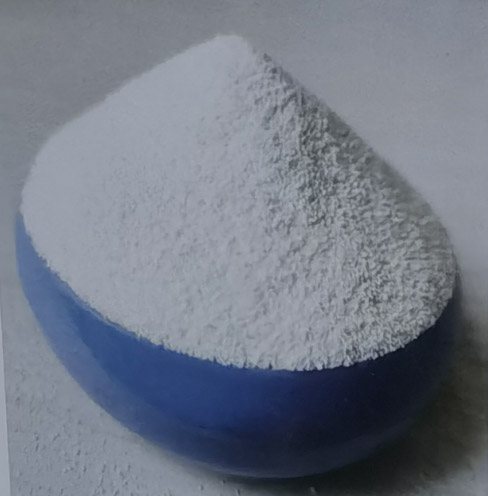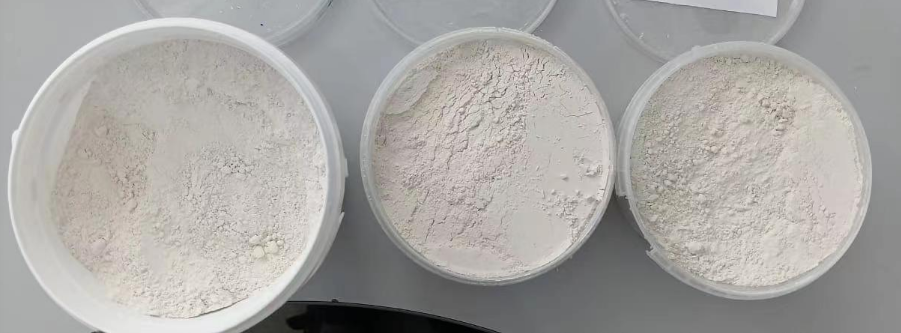Hidroxietilcelulosa
Ar hidroxietilcelulosa ge 'nar klase ar polímero celulosa ko ya a base de ar dehe. Ar tsa̲ da utilizar komongu agente espesante jar cosméticos | Hidroxietilcelulosa jar cosméticos, ne 'nehe komongu agente gel. To da ampliamente utilizado recubrimientos pintura ne 'ra ya productos da hñeti ar piel. Majwäni, Ar gi japu̲'be̲fi champú ne gel ducha. 'Ra ya productos loción ya mäs ya utilizados, getho pe̲ts'i 'nar hogu̲ma̲ gel cristalino.

